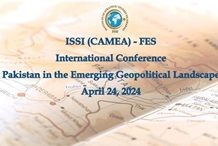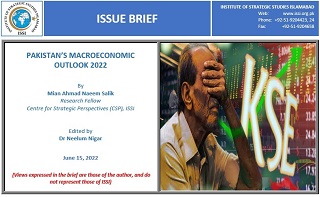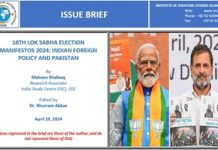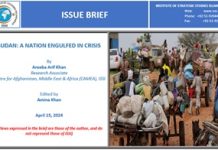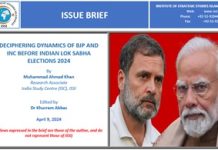Introduction
In the first five decades of its independence, Pakistan has been a high-growth, low inflation economy. Now it has become a low-growth, high inflation economy. Over the past 20 years, economic growth has stagnated. In 2020, the economy shrank by 0.9 percent, it is for the first time that the economy experienced negative growth in 68 years. In 2022, stagnation of economic growth continues with two additional rather worrisome indicators: macroeconomic imbalances and a serious balance of payments crisis.[1]
Pakistan currently is faced with political and economic instability. Its foreign exchange reserves have fallen sharply in the past two months. The new government hopes to stop the bleeding with an enhanced IMF package and more short-term loans from China and Saudi Arabia. Supplies of electricity to households and industry have been cut as the cash-strapped country can no longer afford to buy coal or natural gas from overseas to fuel its power plants.[2]






